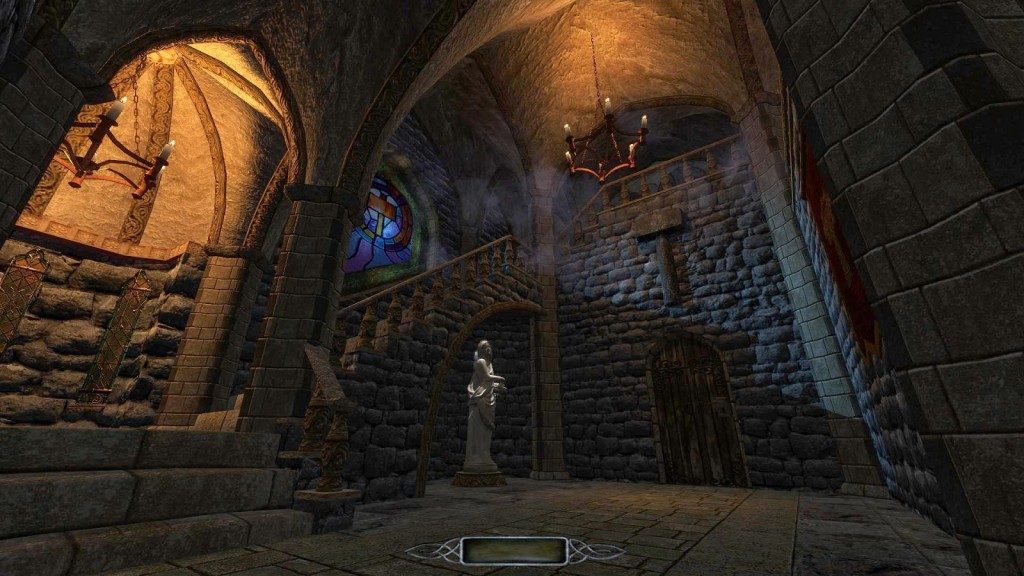
‘The Dark Mod’ and game design
By Adam Tatelman, Arts Editor
Nineteen ninety-eight was an incredible year for stealth gaming, seeing the simultaneous release of the underrated Tenchu: Stealth Assassins, the dated Metal Gear Solid, and the almighty Thief: The Dark Project. These games were the first full 3-D stealth titles ever created, and they laid the groundwork for all future titles in the genre. It comes as no surprise, then, that some of the people who grew up with these titles were inspired to create some of their own.
Enter Eric Pommel’s The Dark Mod (TDM), a total conversion modification of the Doom 3 game engine designed to emulate the great stealth games of the past. The mod has been in the works since 2004, and although it was released for free public download in 2009, the creators continue to make updates and program new assets even to this day. As an added bonus, TDM is now a standalone download, meaning that a copy of Doom 3 is no longer required to play the game.
TDM’s greatest asset is also its most crippling weakness. Since it includes a level editor, anyone who enjoys the game can create their own mission packs. As such, there are close to 100 missions to choose from. Unfortunately, a large number of them are made by amateurs. These maps are less polished than those made by the more experienced programmers, but thanks to the active forum communities, it is easy to separate the cream from the crap. There’s a great deal of quality content to choose from, considering TDM is free to download.
Though TDM’s graphics may be a decade out of date, the detailed environments and steady development of new game assets keep it visually presentable—even if the framerate gutters a bit. This game may not be the tech demo that the original Doom 3 was in its heyday, but the developers are so gifted at creative presentation that anyone would be hard pressed to find anything comparable on the market today. In what modern game can players spend up to an hour exploring a single level, climbing from the most decrepit mine shafts to the highest rooftops of Bridgeport City without sitting through one single loading screen along the way?
Exploration and hidden secrets aside, the AI is impressively programmed. The number of ways in which guards can be alerted is uncanny. Something as simple as eating an apple can get incautious players caught if a guard hears the crunch. And once they are alert, they strategize. Instead of all searching the room together, some will cut off exits and gather at choke points in an attempt to prevent wily players from escaping. This attention to detail pushes TDM beyond the limits of mere gaming and into the realm of an immersive stealth simulator.
Compared to TDM, modern stealth titles feel positively neutered, favouring speed and rash ambush tactics over patience and careful evasive strategy. A truly skilled infiltrator should never have to kill, or even be seen. The real pleasure of stealth comes from working in the shadows to make your enemies look like fools in the cold light of day. It is shocking that a group of unemployed wannabe designers working on by-now ancient hardware understand that better than most professional developers these days.
Here’s to you, Eric Pommel. Let’s all hope you break into the industry someday, and bring some of that presentational genius with you. Warren Spector and Eric Brosius would be proud.